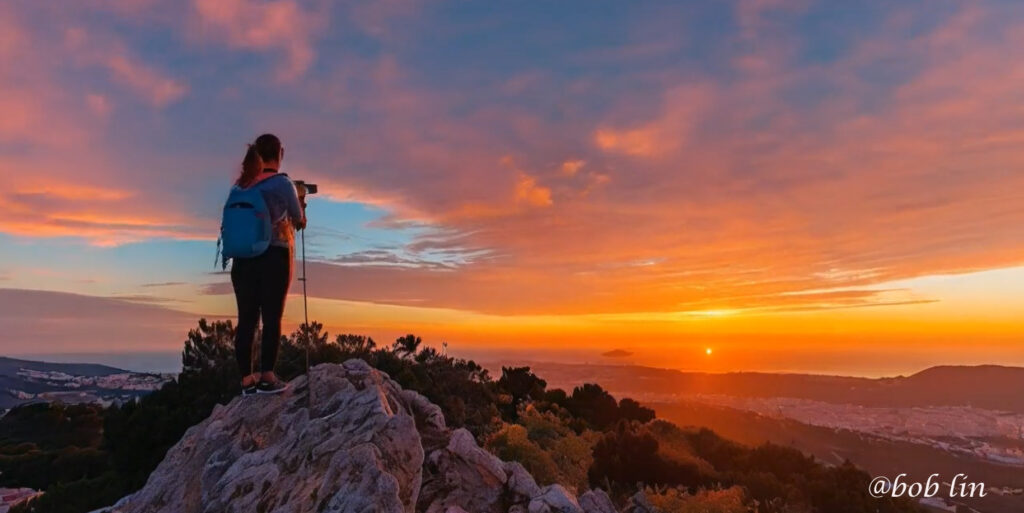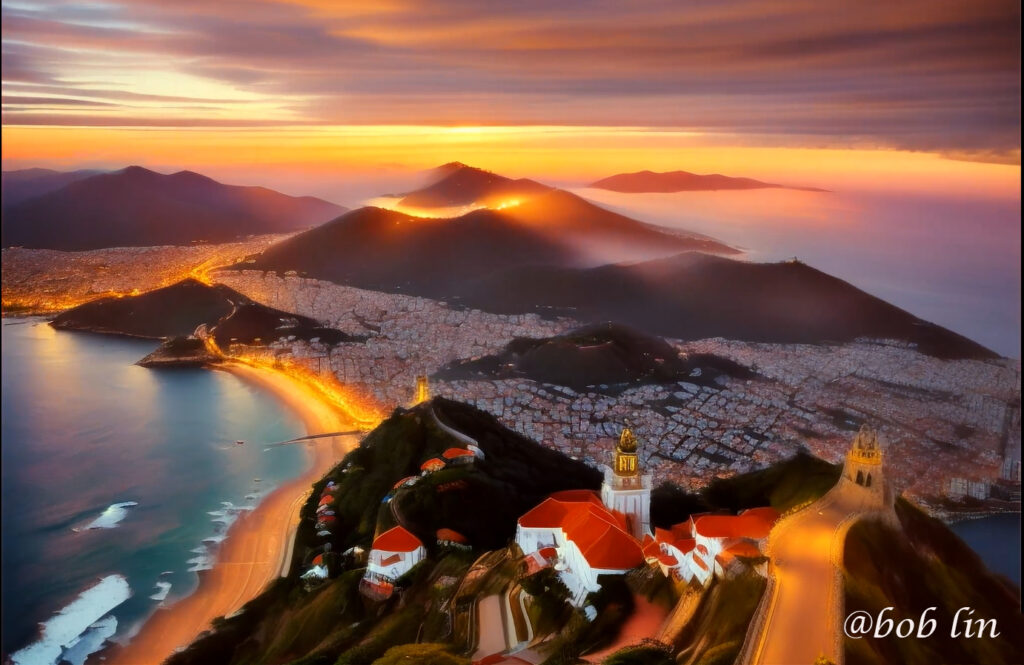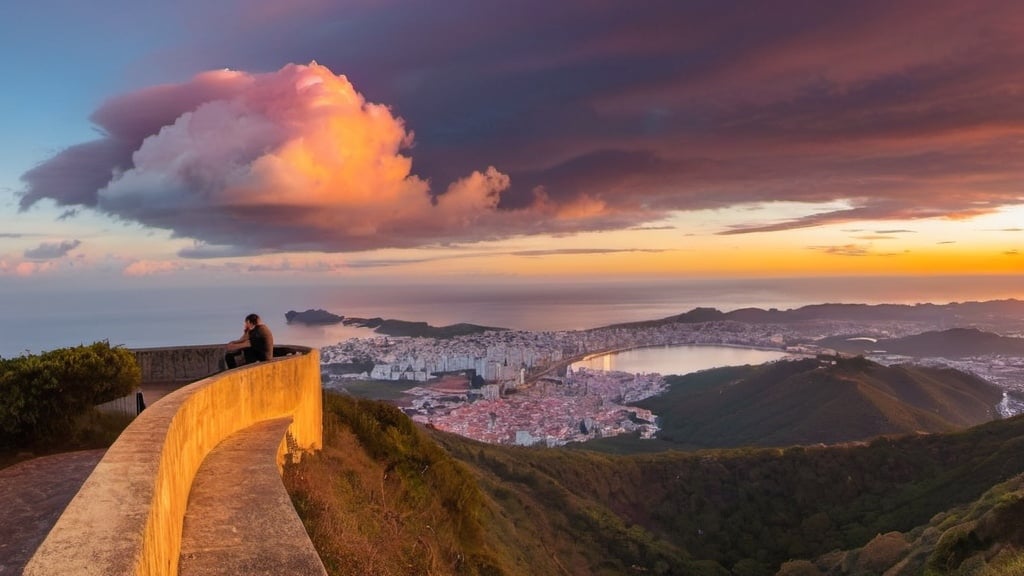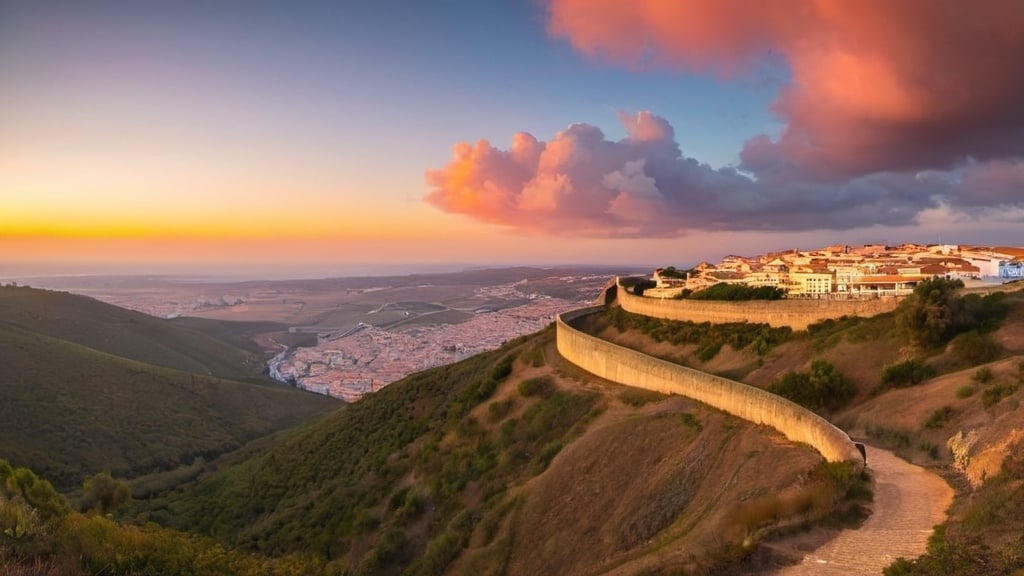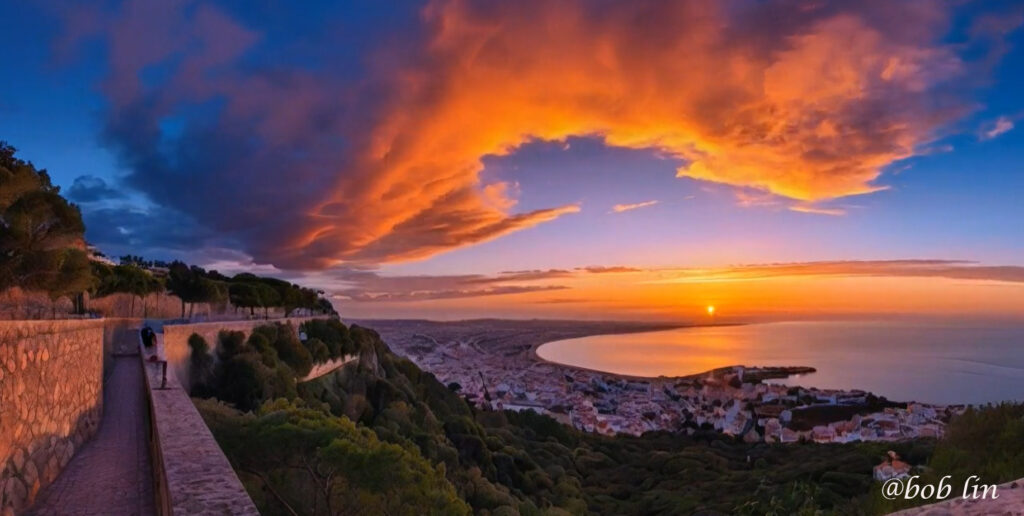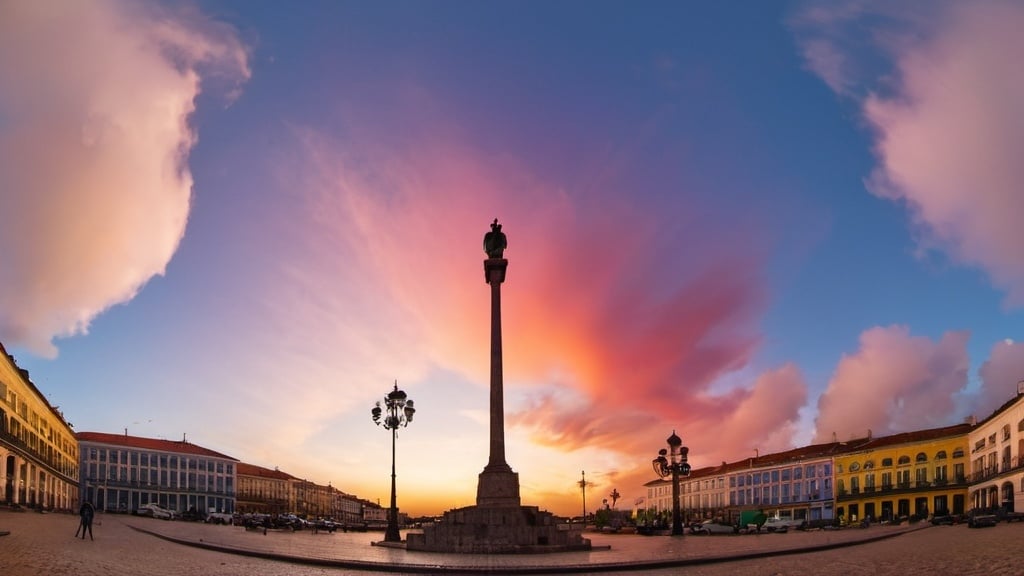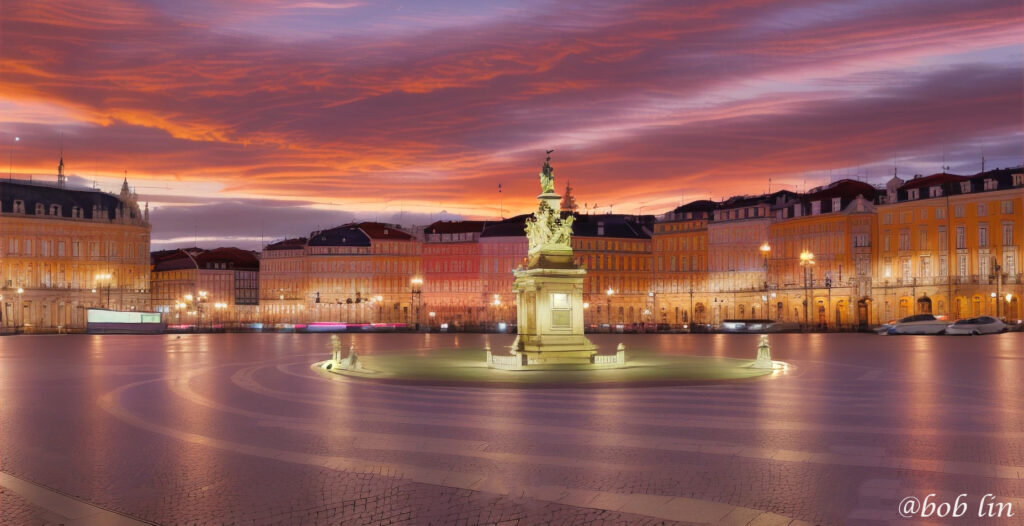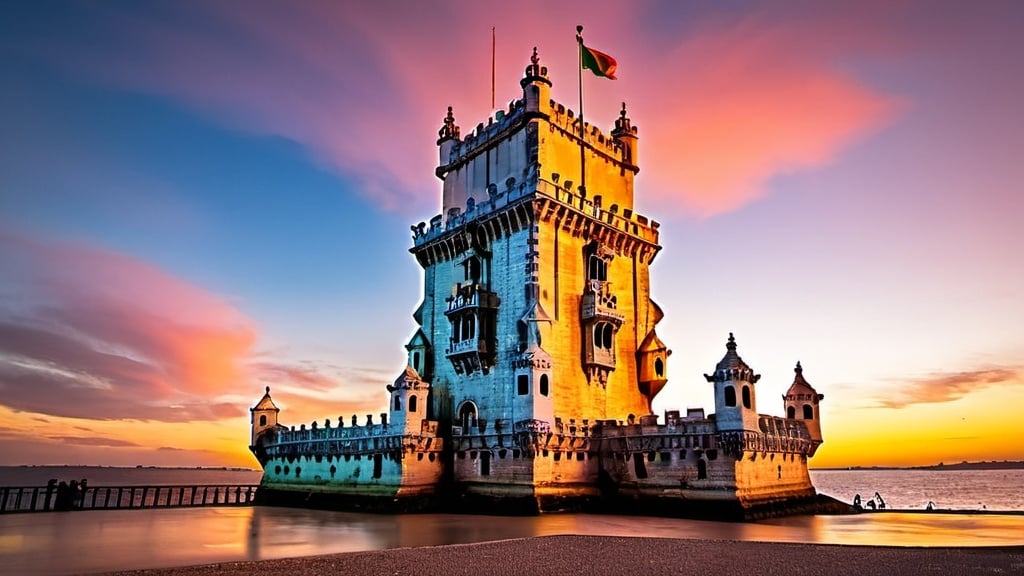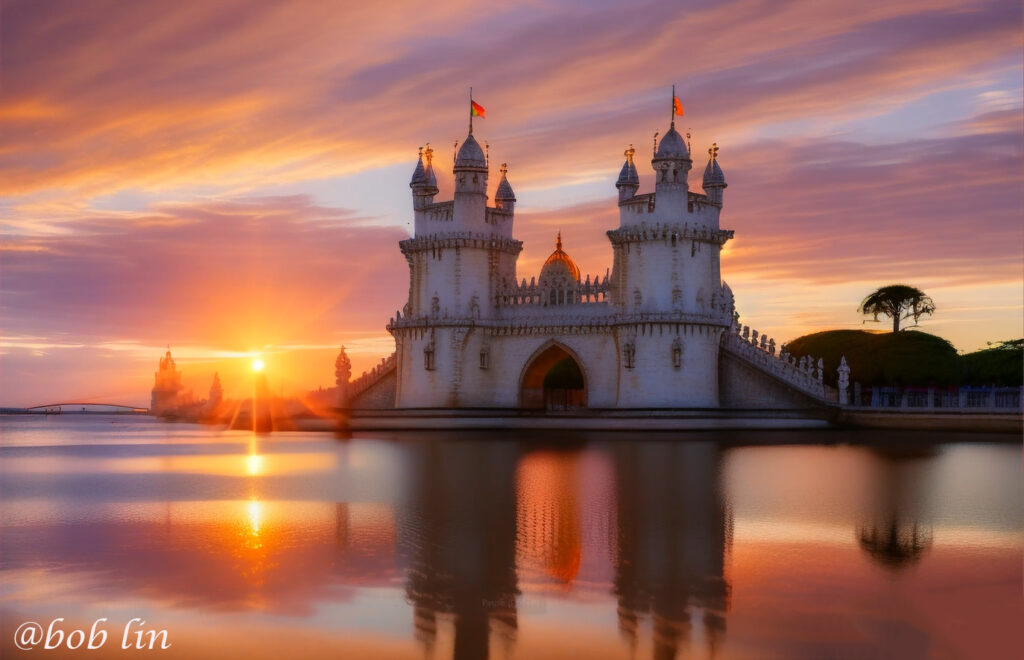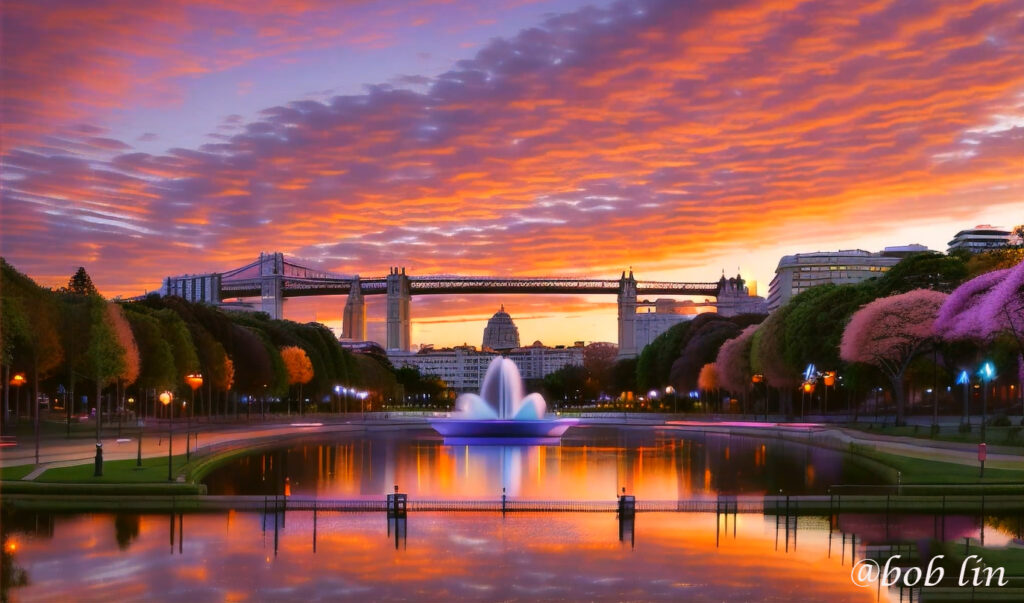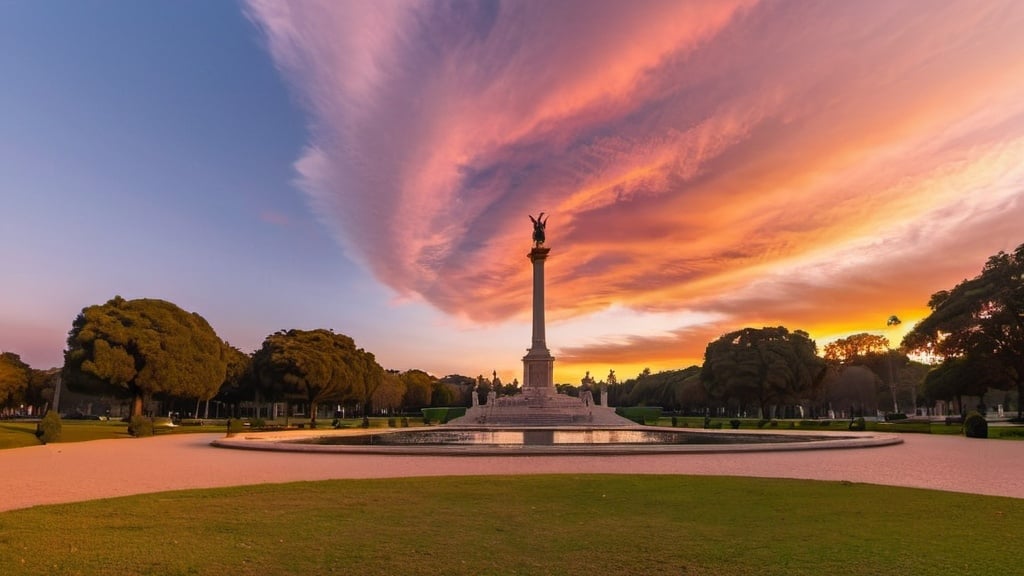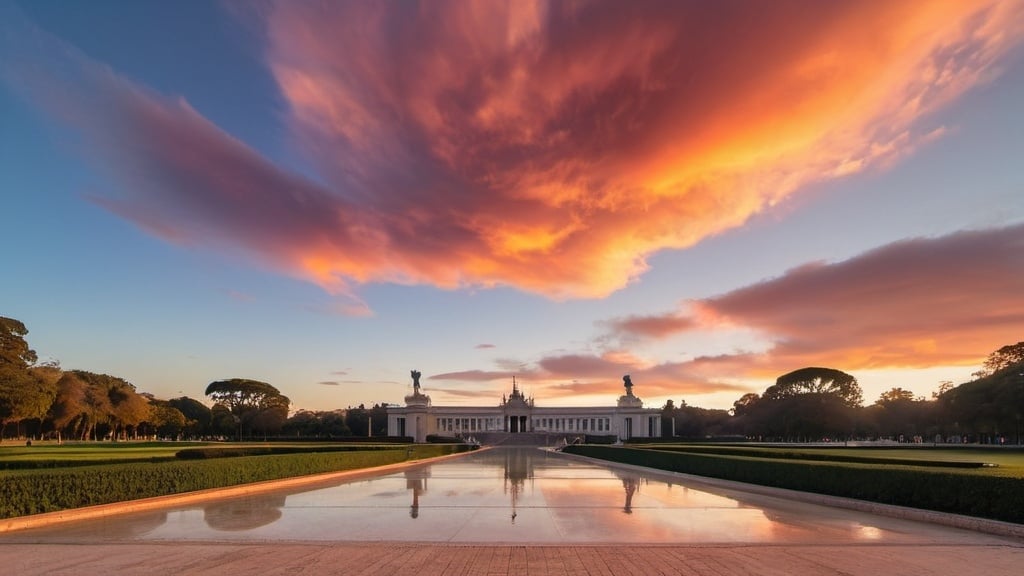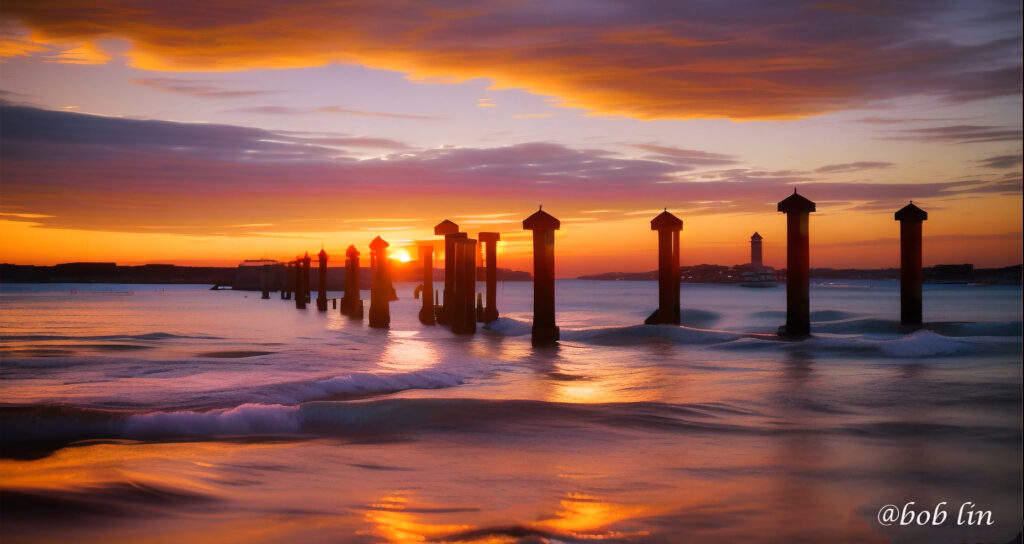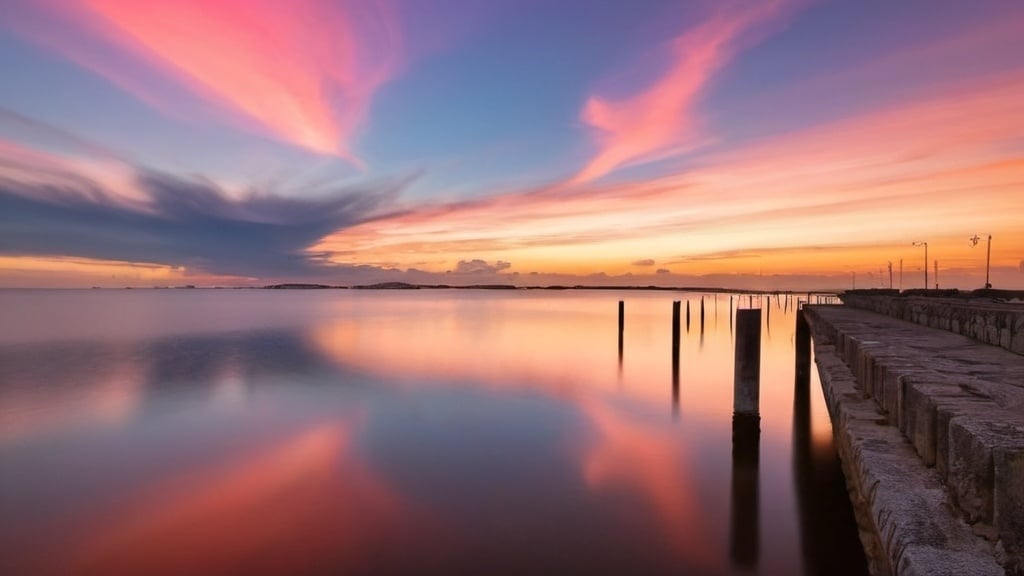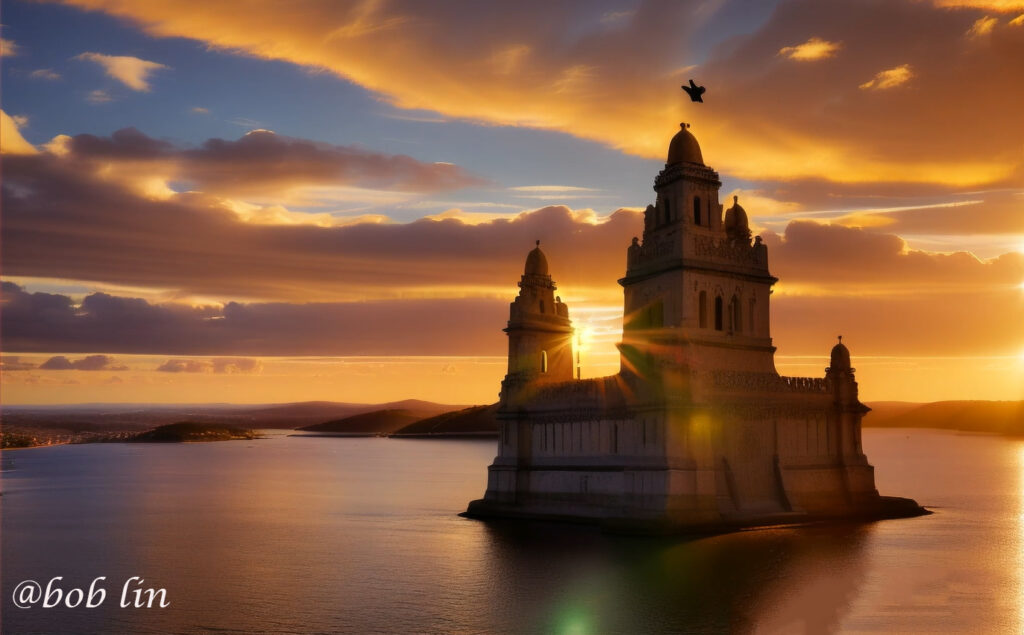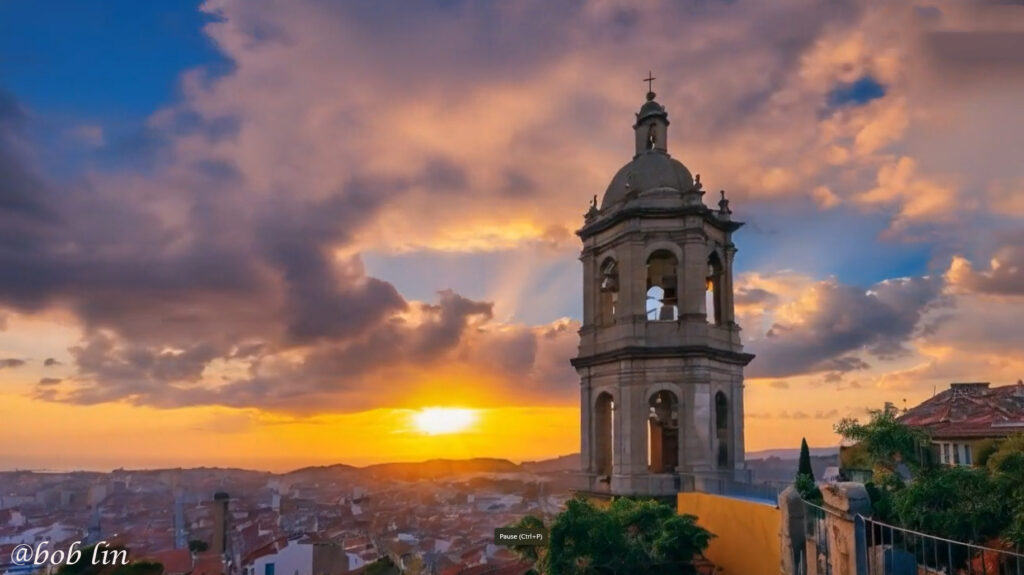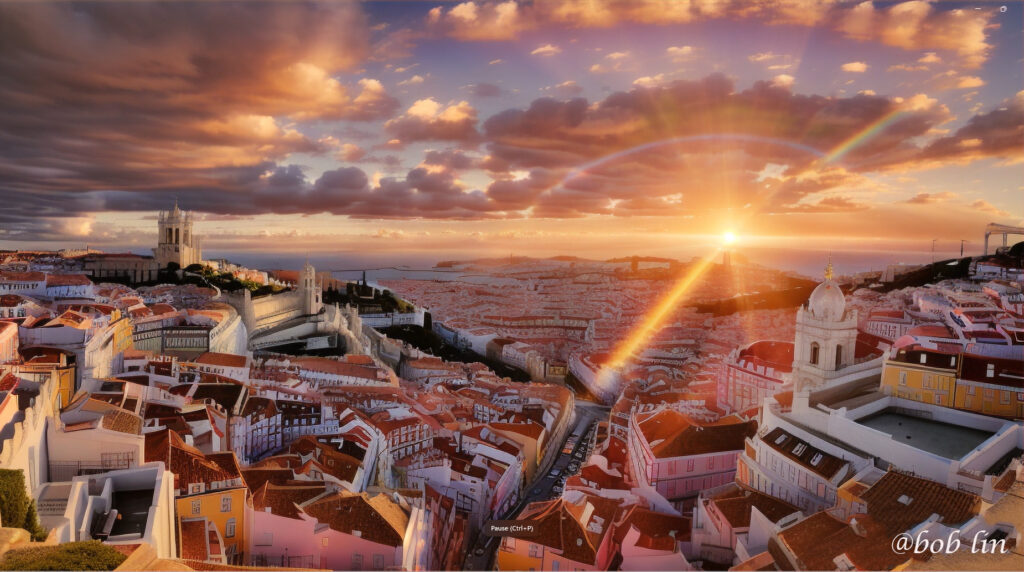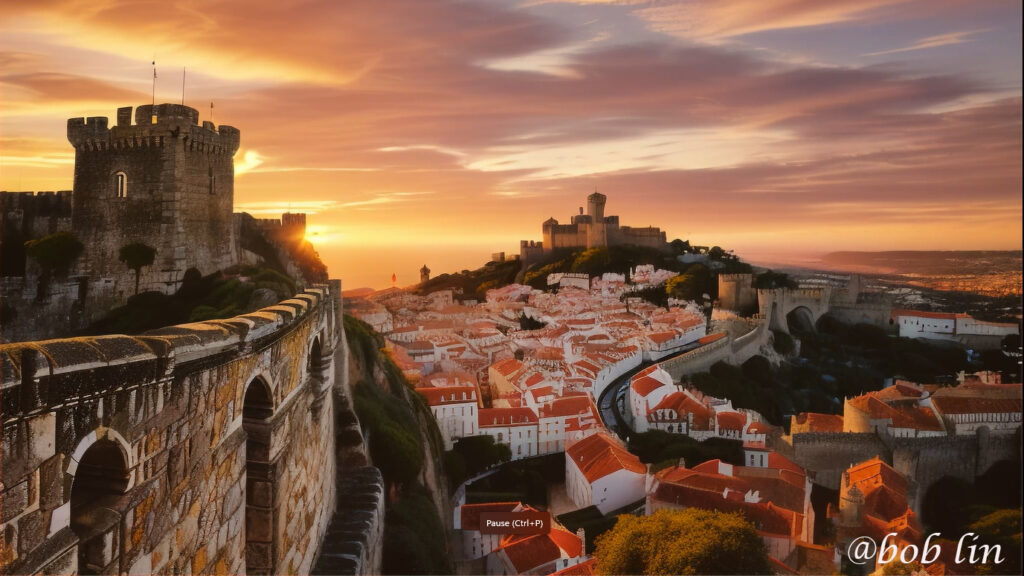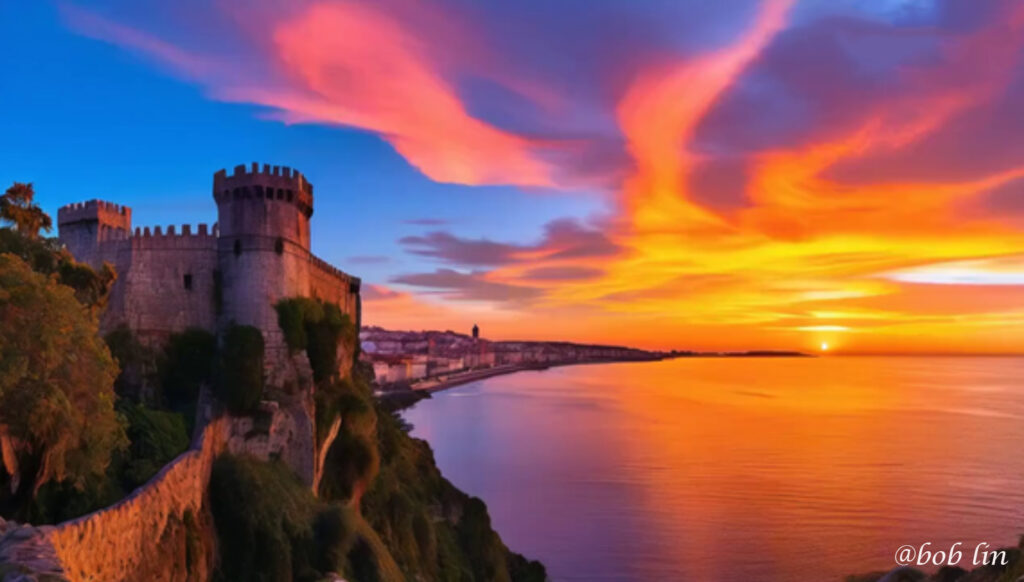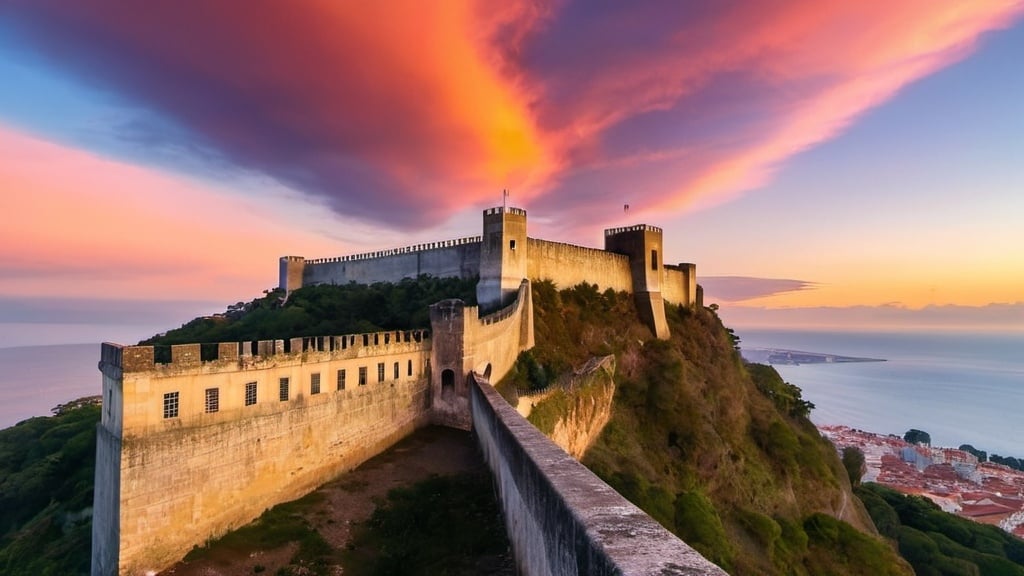Muscle cramps are sudden, involuntary contractions of one or more muscles, which can be quite painful. Here are some common causes and solutions to fix them:
Common Causes of Muscle Cramps
- Dehydration: Not drinking enough fluids can lead to muscle cramps.
- Electrolyte Imbalance: Low levels of minerals such as potassium, calcium, magnesium, and sodium.
- Muscle Overuse: Intense or prolonged exercise can cause muscles to cramp.
- Poor Blood Circulation: Reduced blood flow can cause cramps, often occurring during inactivity.
- Nerve Compression: Spinal nerve compression can cause cramps in the legs.
- Mineral Deficiency: Insufficient intake of essential minerals.
- Medications: Some medications can deplete minerals, leading to cramps.
- Medical Conditions: Conditions like diabetes, thyroid disease, and peripheral artery disease can cause cramps.
How to Fix Muscle Cramps
- Stay Hydrated: Drink plenty of water, especially during and after exercise.
- Balance Electrolytes: Include electrolyte-rich foods in your diet, like bananas and yogurt.
- Stretch and Massage: Stretch the affected muscle and massage it to relax.
- Heat and Cold Therapy: Use a warm towel or heating pad, or apply a cold pack to the sore area.
- Good Nutrition: Ensure a balanced diet with sufficient vitamins and minerals.
- Proper Footwear: Wear supportive shoes to prevent muscle strain.
- Regular Exercise: Exercise regularly to improve muscle health and circulation.
- Review Medications: Consult your doctor if you suspect medication-induced cramps.
How to Prevent Muscle Cramps
- Stay Hydrated:
- Drink Plenty of Water: Ensure you drink enough water throughout the day, especially before, during, and after physical activity. Aim for at least 8 glasses of water a day.
- Monitor Fluid Intake: Increase your water intake in hot weather or during strenuous exercise.
- Balance Electrolytes:
- Eat Electrolyte-Rich Foods: Include foods high in potassium, calcium, magnesium, and sodium in your diet. Examples include bananas, oranges, spinach, yogurt, nuts, and seeds.
- Electrolyte Supplements: Consider electrolyte supplements if you engage in intense physical activities that cause excessive sweating.
- Regular Exercise and Stretching:
- Warm-Up and Cool-Down: Always warm up before exercise and cool down afterward. Gentle stretching can help prepare your muscles and reduce the risk of cramps.
- Regular Physical Activity: Engage in regular exercise to improve muscle strength and flexibility. Avoid sudden increases in the intensity or duration of workouts.
- Proper Nutrition:
- Balanced Diet: Maintain a balanced diet with adequate vitamins and minerals to support muscle health.
- Magnesium and Calcium: Ensure your diet includes sufficient magnesium (found in leafy greens, nuts, and whole grains) and calcium (found in dairy products, fortified plant milks, and green leafy vegetables).
- Adequate Rest:
- Rest and Recovery: Give your muscles time to rest and recover, especially after intense workouts.
- Proper Footwear:
- Supportive Shoes: Wear supportive shoes that fit well to reduce muscle strain, especially during exercise.
- Healthy Lifestyle Habits:
- Avoid Excessive Alcohol and Caffeine: These can contribute to dehydration.
- Avoid Sitting or Standing for Long Periods: If your job requires long periods of sitting or standing, take breaks to move around and stretch.
When to Seek Medical Advice
If you experience frequent or severe muscle cramps that do not improve with these measures, consider consulting a healthcare provider. Persistent cramps may indicate an underlying medical condition that needs to be addressed.
Please view this step by step video:

